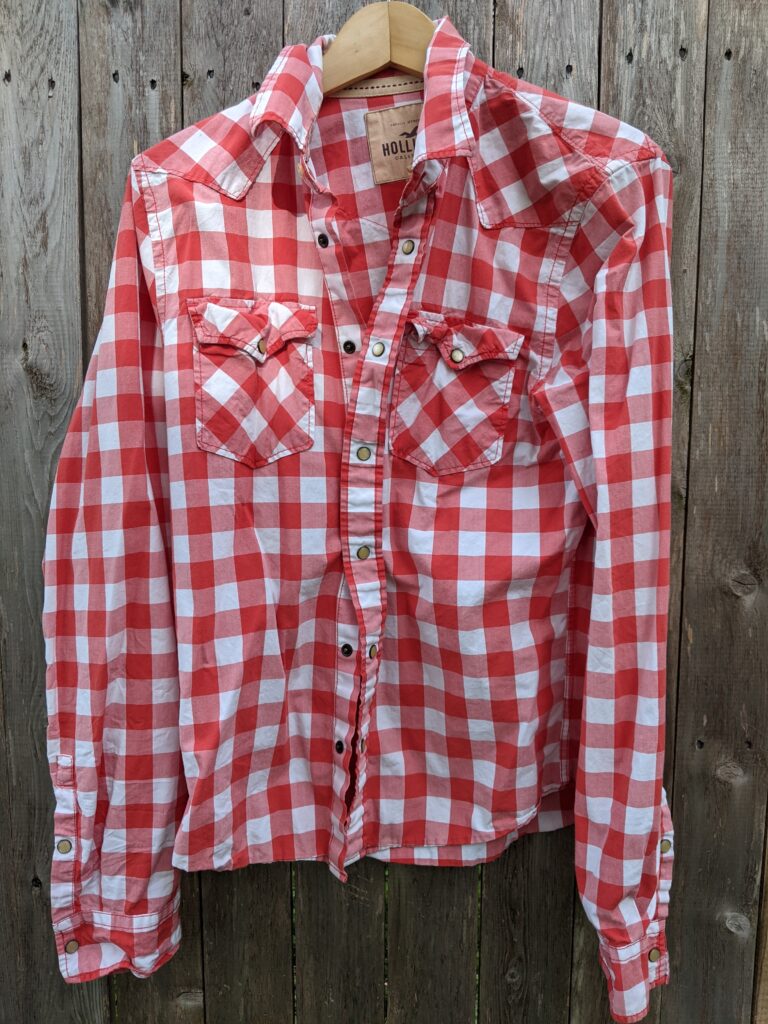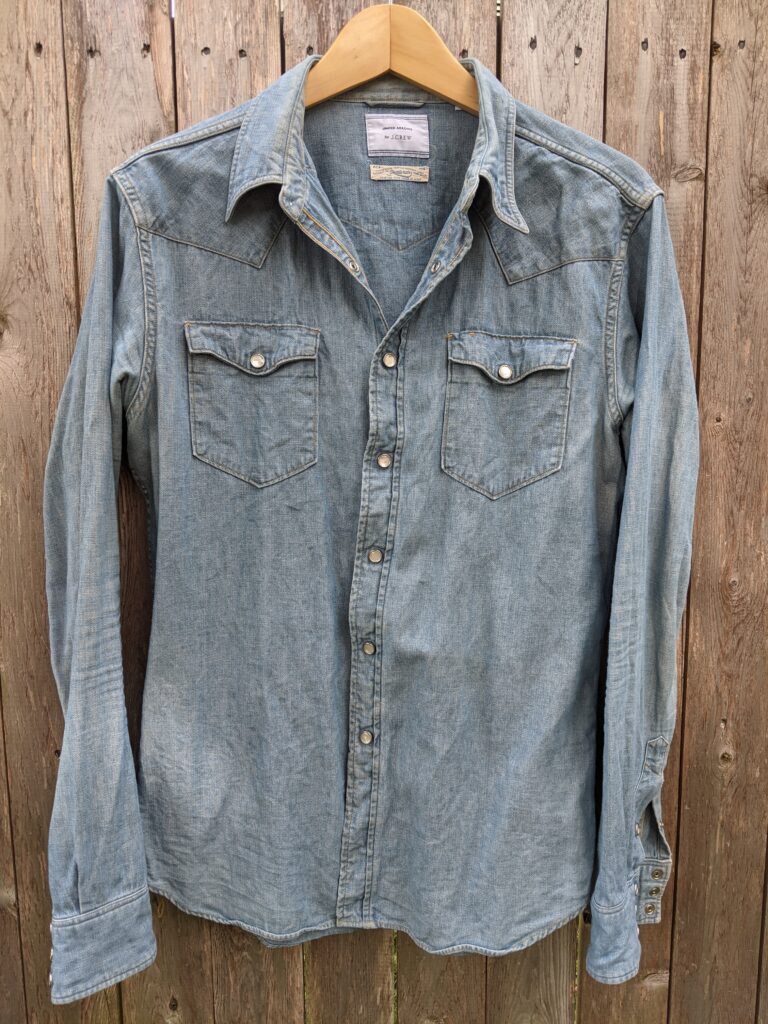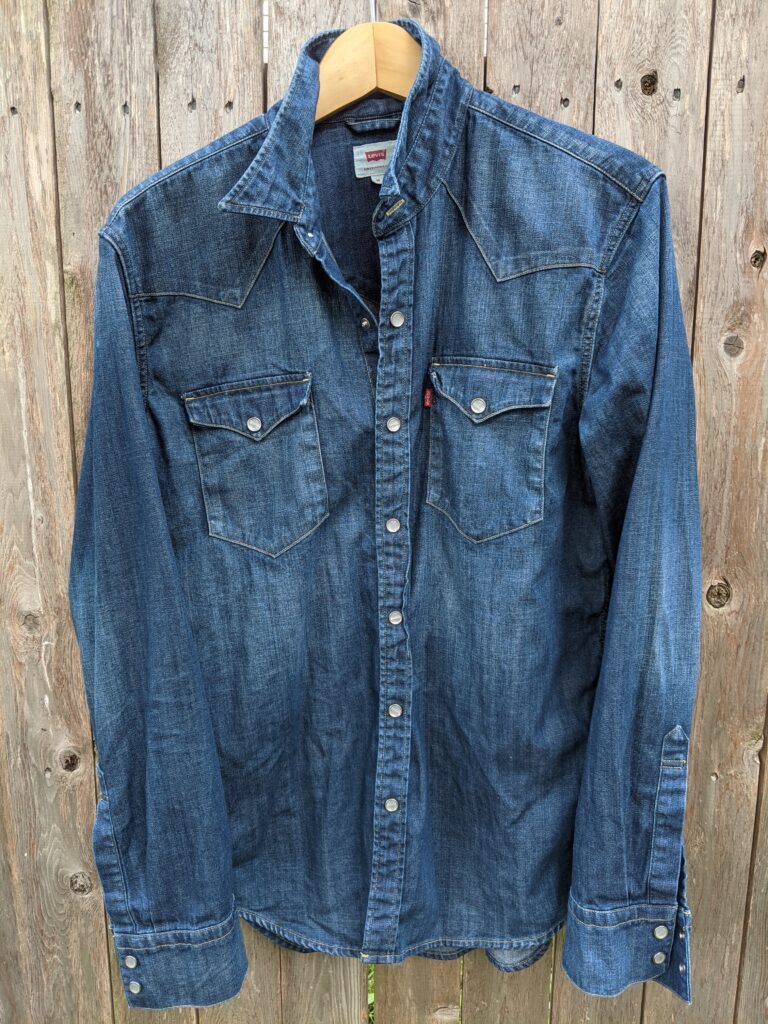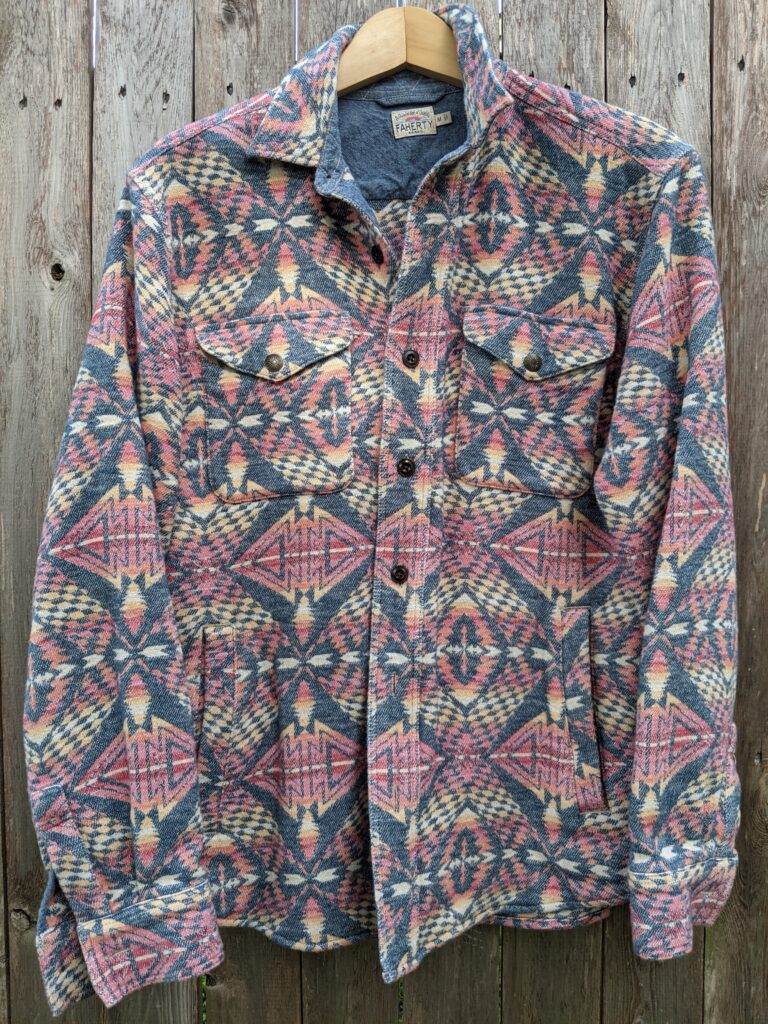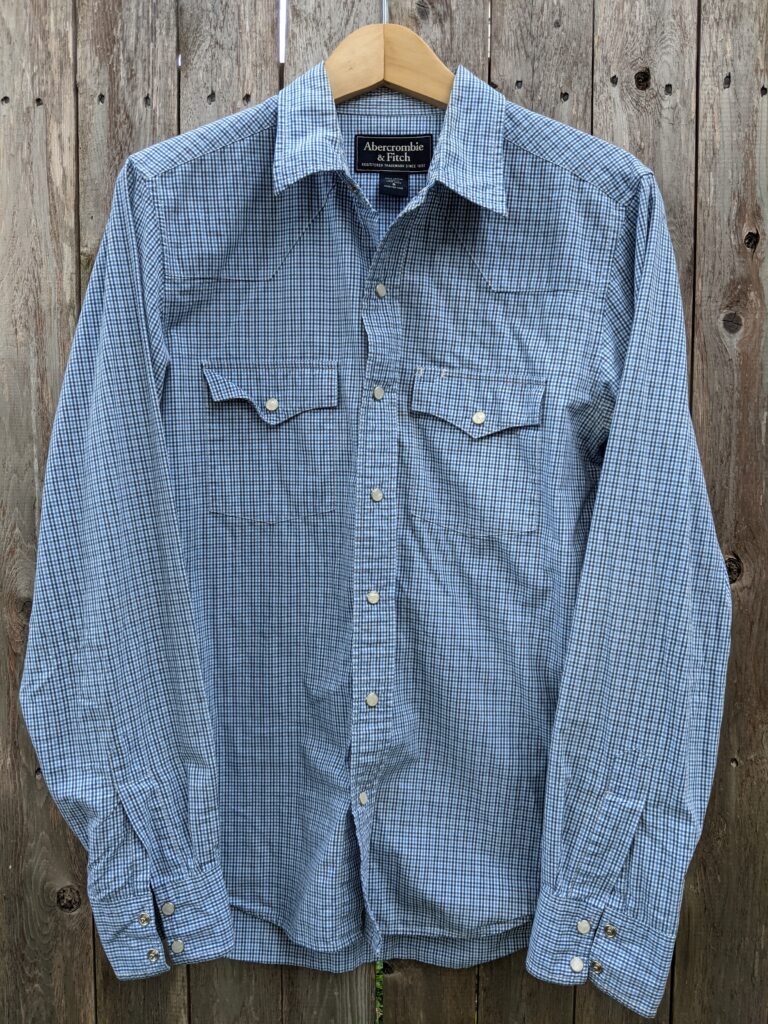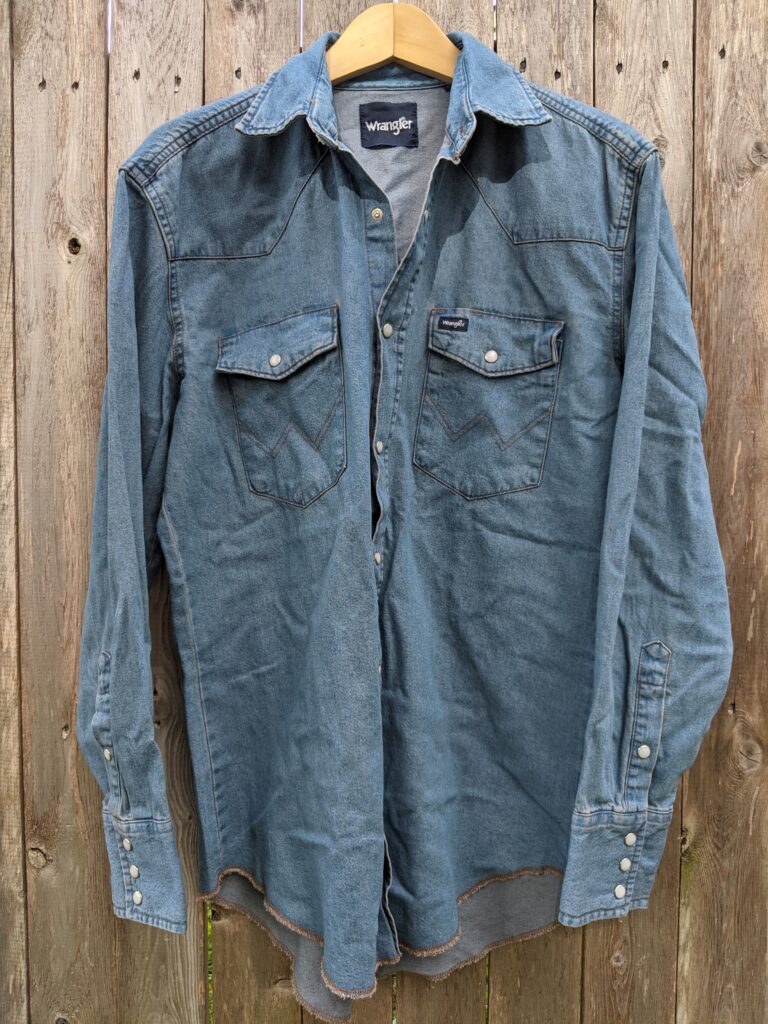From Mid-Century Rodeos to Modern Japanese Couture,
Western Shirts Are Consummately Cool
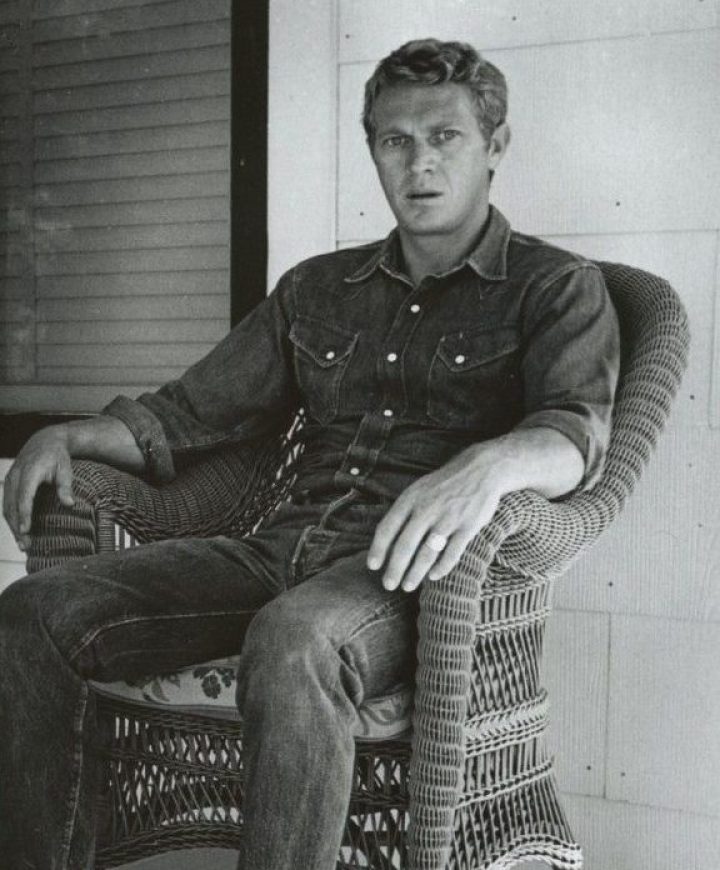
Western Wear started trickling into popular fashion again last year. In Fall 2021 the quintessentially American style is having a full blown moment. The thing is though, Western Wear has existed to some extent in popular fashion for the better part of the past century. Exceptional versatility and a vibe of cool indifference have kept the look alive. So many brands and social groups have adopted Western Wear over the years that its origins have been muddled in legend. The real history of the look is rooted in an amalgamation of cultures as diverse as America itself.
As the name suggests, Western Wear is a style of dress influenced by the South-Western United States. Three distinctly different cultures clashed and mingled in this vast territory throughout the nineteenth and early twentieth century. Inevitably, cultural elements were shared between the White American settlers, the Spanish settlers who inhabited the land for centuries before them and the Native Americans who lived there for millenia.
Originally, Western Wear was workwear used by ranch hands. In the mid twentieth century, rodeo performers created more decorative pieces based on Mexican vaquero attire. Native American fabrics, textures, and jewelry were also appropriated into the mix. The Western Shirt with flapped shield pockets and pointed details on the upper chest began as an US Cavalry uniform during the Civil War. They were originally made out of wool but denim became the fabric of choice by the early 1900s.
Western wear may conjure images of nineteenth century cowboys and while the genre’s roots go back to the 1870s, the Western look as we know it came together just after World War 2. Legend has it that cowboy couturier Papa Jack Wilde was the first to put pearl snap buttons on the front of Western Shirt in 1946 when he founded Rockmount Ranch Wear. Country music artists adopted the look from ranch and rodeo culture in the 1950s and introduced it into popular culture outside of the Southwest.
In the 1960s, fashion icons like Robert Redford and Steve McQueen showed how cool elements of Western Wear looked mingled with popular fashion. When Rock artists started adopting elements of Country into their music in the 1970s, they picked some fashion along with it. By the mid-1970s, Western Wear had made its way from small town honky tonks to big city dive bars.
As Western Wear proliferated into popular fashion, it was the pearl button denim shirt that led the way. The former US Cavalry uniform became so synonymous with Western style that it became known as the Western Shirt. It most commonly appears in denim, the more worn in the better, but comes in a vast array of fabrics and textures. Ralph Lauren solidified the Western Shirt’s place in popular fashion by incorporating them heavily into his designs and his personal wardrobe. His empire may have been built on oxfords and polos but history has shown that the Western Shirt is his favorite.
Western Shirts have continued to evolve in the twenty-first century under the influence of Japanese culture. The Japanese obsession with mid-century American culture revitalized the denim industry in the 2010s and the Western Shirt along with it. They breathed new life into the old American garment with sashiko embroidery and traditional Japanese fabrics and textures. Japanese brands like Kapital, United Arrows and Visvim now make some of the best Western Shirts in the world. So the evolution of Western Wear continues through adoption and reinvention.
Here is my collection of Western Shirts:
